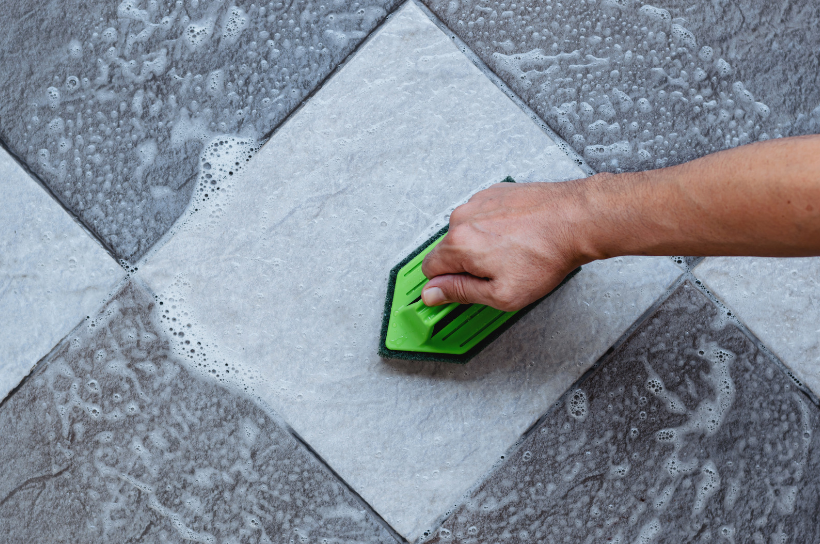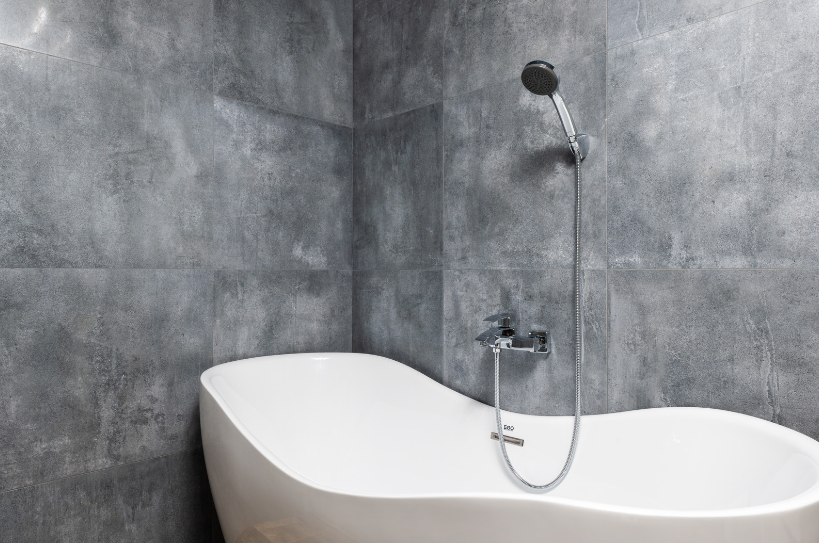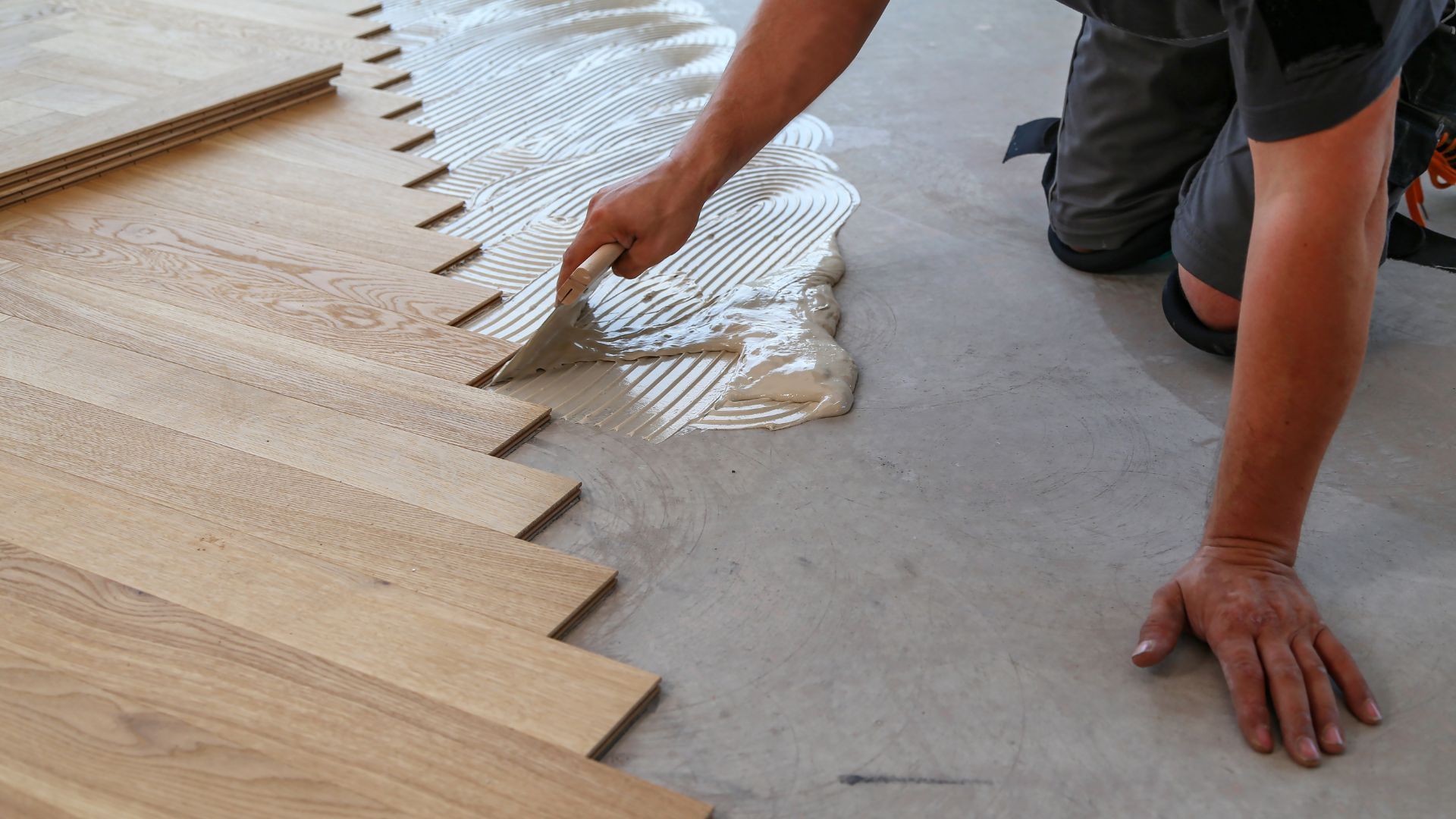Why should anyone want hardwood floors when laminated floors can look just like wood last longer and require less care?,
When discussing flooring options with our clients, we often hear questions like “Why would anyone want hardwood floors when laminate looks just like wood, lasts longer, and requires less care?” Given the much higher price tag of hardwood when compared to laminate, these clients have a genuine reason to be confused. In this article, we will attempt to clarify some misconceptions about the similarities between laminate and hardwood.
Laminate Looks Just Like Wood
This is true from a distance. The more closely you inspect laminate flooring, however, the less it looks like real wood. While today’s laminates have come a long way in their imitation of solid hardwood, laminate planks still have repeating patterns and less than convincing surface texture. If you want a true hardwood look, only hardwood can provide it. Laminate can give you the same general appearance, but it will never truly fool anyone after the first glance.
Laminate Lasts Longer than Hardwood
If you are referring to the longevity of its surface, this statement is correct. If you take into account the entire floor, however, it is simply not true. Solid hardwood floors need to be refinished every eight to ten years to restore the color and shine of their surface. Unless your property experiences flooding, however, you will likely never have to replace them.
Hardwood flooring’s ability to be resurfaced and repaired over and over gives it one of the longest lifespans of any flooring type - over a century in most cases! Laminate, on the other hand, will never need to be resurfaced, but you will have to replace it in 15 to 25 years.
Laminate Requires Less Care than Hardwood
The
hardwood floors that were installed 100 years ago absolutely required more care than today’s laminate. They had to be regularly waxed and polished to maintain their shine. Today’s hardwood does not require this type of upkeep, however. Modern laminate floors and modern hardwood floors require exactly the same amount and types of routine care - sweeping and dust mopping.
When choosing between laminate and solid hardwood flooring, the best choice comes down to your personal preferences. How important is an authentic wood look to you? Are you willing and able to invest more money in your floor today knowing that you will recoup the extra cost in the long run, or would you rather spend less today knowing that you will have to replace the floor at some point in the future?
Ultimately, cost is usually the biggest deciding factor between these two flooring types. Those who can afford hardwood will often choose it - even if they plan to sell the property before laminate would need to be replaced, hardwood increases the property’s value much more than laminate does. Those who cannot or do not want to pay for hardwood can still get a great-looking, durable, and easy to maintain laminate floor for a fraction of the cost.
Whichever option you choose, remember to call the experts at Tiling Halifax for a great price on professional installation!
You might also like
Tiling Halifax Murphy's Blog



